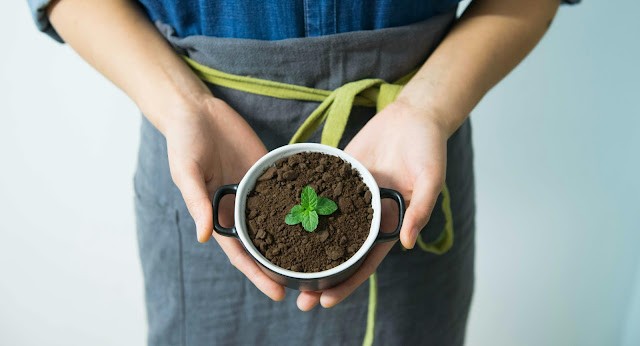Basically, the idea was to plan a build of an eco-friendly nature of society. We live in the most affected environment, so we discuss in this article about our old construction and civilization techniques and our eco-friendly environment.
GREEN BUILDING
A green building is more efficient for:
- Less water usage
- Maximized energy efficiency
- Conservation of natural resources
- Produces less trash
- Provides healthier places for inhabitants than a standard structure
The Indian Green Building Council (IGBC)
It leads the country's green construction movement. Green buildings use resource- and ecologically aware strategies throughout their entire existence. The concept of "green buildings" seeks to minimize any negative impacts while enhancing any positive benefits a structure has on both its surroundings and its human occupants.
Certified Green Buildings in India
- Suzlon One Earth, Pune
- Rajiv Gandhi International Airport (RGIA), Hyderabad
- CII-Sohrabji Godrej Green Business Centre, Hyderabad
- Infinity Benchmark, Kolkata
- Infosys Limited, Mysore
- I-Gate Knowledge Centre, Noida
- Wipro Technologies, Gurgaon
GREEN CONCRETE
Today we have the biggest problem facing society, which is pollution, mainly textile effluent causing pollution and disposal of waste effluent on free land, leading to groundwater contamination. The solution is to reduce groundwater contamination and effectively use textile waste effluent as a replacement for concrete. Textile effluent can be effectively removed by the sedimentation process.
Application of Green Concrete
- The usage of sludge reduces the usage of sand.
- Sludge can be used as an effective replacement for fine aggregate and can be replaced with 25% in concrete with the addition of fibers.
- It is more economical, durable, and eco-friendly.
New Innovative Idea Approach of Green Concrete
As the textile industries face the problem of disposal of effluent wastages, the idea proposed is to alternate the conventional concrete. Effluent water affects the environment, such as land, rivers, sea, etc. Sludge is a great replacement for sand because sand is very expensive in the market nowadays. The textile sludge was found to contain zinc metal, which acts as a strong bond. The textile sludge acts as a replacement for sand in concrete, like lightweight concrete.
BAMBOO CONSTRUCTION
Bamboo is rarely used as a foundation material since it degrades quickly when exposed to moisture-laden surfaces. Bamboo is in intimate contact with the earth's surface. Bamboo is attached to rock or precast concrete footings, concrete, or composite bamboo columns, and bamboo piles.
Bamboo for Foundations
A structural material for column construction, bamboo is utilized in a variety of shapes and forms to construct foundations. Some of the most frequent bamboo shapes are:
Flattened Bamboo: Created by separating freshly cut bamboo stalks and rolling and flattening them.
Bamboo Mats: As thin as 5–6 mm or 10–15 mm in size, woven according to design specifications. Phenolic resins are utilized in buildings with bamboo mats.
A groundbreaking technique that combines bamboo fiber as a raw material with plastic as the core material.
RENEWABLE ENERGY RESOLUTION
Transitioning from fossil fuels to renewable energy sources is crucial for addressing climate change. Solar, wind, hydro, and geothermal power are all sustainable options that can greatly cut greenhouse gas emissions. For example, Germany's Energy Wind initiatives seek to generate 80% of its electricity from renewable sources by 2050. This ambitious project has achieved significant strides toward decarbonizing the energy sector, resulting in a favorable environmental impact.
ECO-FRIENDLY TERRACE
Plants can help filter the air and enhance air quality, which is especially useful in cities where air pollution is prevalent. Gardening has been demonstrated to offer several mental health advantages, including stress reduction and mood improvement. A terrace garden can be a pleasant, enjoyable place to relax and unwind. A well-kept terrace garden can boost the value of a home and make it more appealing to potential buyers or renters.
The idea of ‘green growth’ is flawed. So we have to find ways of using and wasting less energy. Despite massive investments in renewable electricity infrastructure, we have yet to increase the amount of renewable energy in total energy consumption. Electricity accounts for only 20% of our entire energy use. Renewable electricity has not replaced fossil fuels in most nations since our use grows faster than renewable generation. The problems with wanting to sustain industrial civilization are numerous, but the most pressing is that it is the root cause of our climate crisis and other environmental crises. If we continue to live life as usual—the underlying goal of the "green growth" concept—we will end up destroying the life-supporting capability of our planet.
Author Bios:
- Mr. D. Dhavashankaran
- Mr. S. Southamirajan
- R. Poorani






Comments
Post a Comment